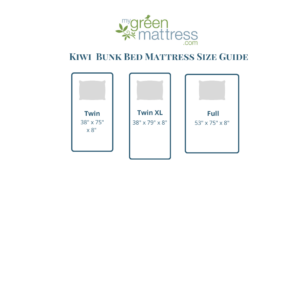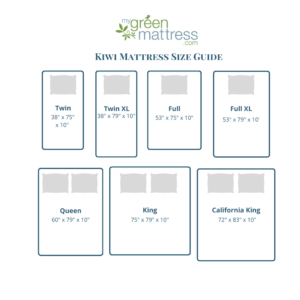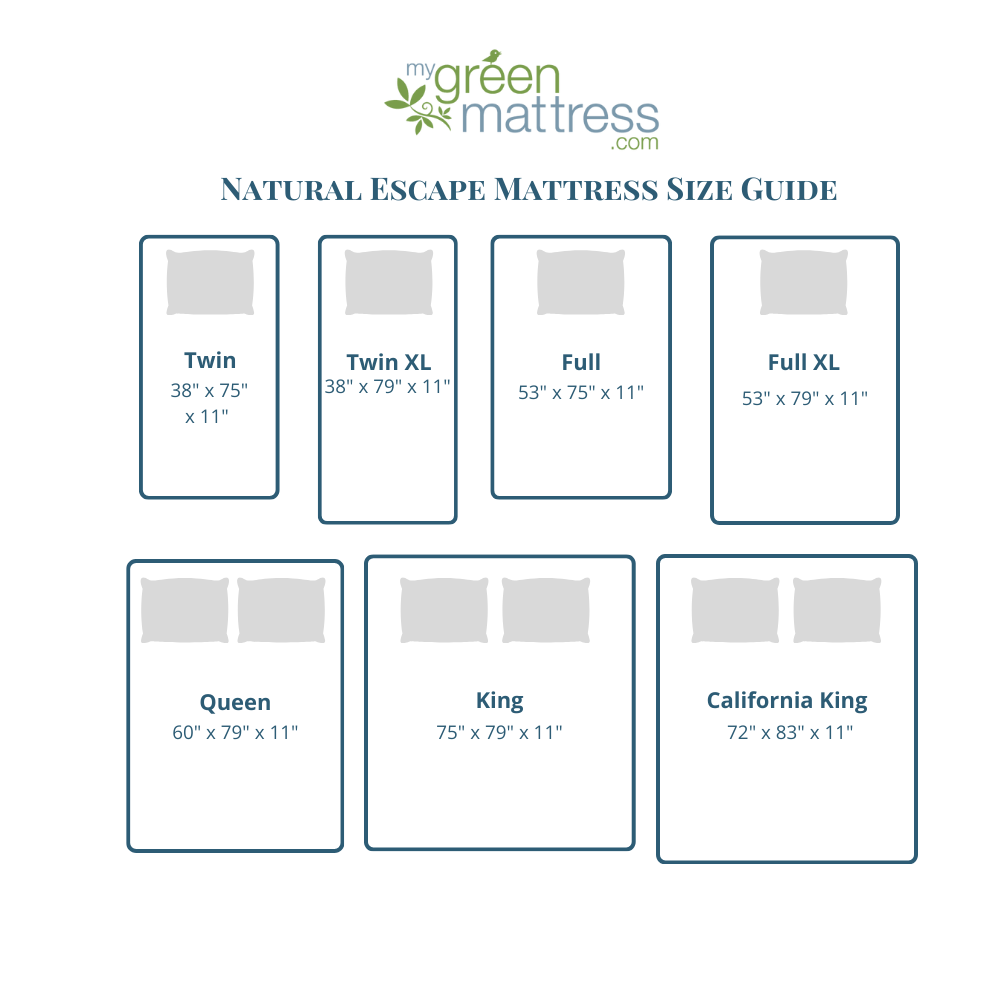One of the most common questions for those who are carefully examining organic mattress brands for quality and durability is whether or not they contain latex.
This is an important concern and not just because of the 1% of people who have a very rare but potentially life-threatening latex allergy. (1)
Latex is ubiquitous in manufacturing today. Use of this substance in a product affects its sustainability and later environmental impacts when it hits the landfill.
The type of latex used also has the potential to affect the health of the consumer.
Let’s take a look at the different types of latex and what to look for in a mattress.
Synthetic Latex
Synthetic latex is entirely man-made from the petroleum compounds Styrene and Butadiene. This creates a fake rubber-like substance known as SBR.
Thus, synthetic latex or SBR is essentially just plastic. Because it is derived from crude oil, it is not a sustainable material and can take anywhere from several decades to a full millennium to decompose depending on the amount of UV light exposure. (2)
There are two problems with synthetic latex when used in mattresses. First, it has the potential to off-gas toxins that you breathe during the night. This is very dangerous to health over the long-term and can exacerbate existing health conditions, especially those of a respiratory nature.
Secondly, while synthetic latex requires more force to tear, it lacks elasticity making it feel somewhat stiff. This prevents synthetic latex from resiliently stretching to support you properly during sleep. The result is a one-dimensional benefit the same as most traditional non-latex foams.

Blended Latex
Blended latex is a combination of synthetic latex and natural latex. Usually, only about 15-25% natural latex is used, so the material is still overwhelmingly synthetic.
Blended latex is commonly used as a marketing ploy so a manufacturer can tout its products as “natural” without having to pay the premium for 100% real latex. (3)
Don’t fall for it!
Natural Latex
Natural latex comes from tropical rubber trees farmed on plantations mostly in southeast Asia. The latex is harvested using a similar process to extracting sap from maple trees for syrup. The process is sustainable without harming the trees though chemicals may be used.
Natural latex has an elasticity not found in petroleum foams because it’s true rubber, not rubber-like plastic. This unique property allows it to stretch and yet simultaneously push back at the same to provide both pressure relief and postural support.
One problem with natural latex is that manufacturers can sometimes dilute the raw sap with extenders. These “fillers” and are most commonly clay, calcium oxide, or titanium dioxide. When used, the integrity of the latex is diminished. The result is reduced durability with flaking latex dust a common result.
Sadly, latex producers still typically claim a 100% natural product even when these additives are used. It is very difficult for the consumer to determine if these claims are true.
Organic Latex
When it comes to latex in mattresses, organic is the smartest way to go.
Organic latex is, of course, 100% natural latex with the added benefit of no risk from stealth additives that reduce durability over time.
Farming of organic rubber trees goes above and beyond to achieve GOLS (Global Organic Latex Standard) certification. Plantations are segregated and maintained without the use of chemical pesticides or herbicides. Frequent inspection and monitoring are required.
Thus, when it comes to mattresses, it is important to insist on organic latex. Its uniquely luxurious feel and exceptional postural support with zero health risks from off-gassing are unparalleled in the industry.
Another plus of organic latex is that it’s hypoallergenic with anti-microbial properties that make it resistant to dust mites, mold, and mildew.
When it comes to mattresses, it is extremely important to settle only for latex that is GOLS certified.
Third-Party Verified
When it comes to latex, you can rest easy knowing that My Green Mattress goes above and beyond, which is why we chose it for our own home.
Not only does MGM use only 100% GOLS certified organic latex, but the company also assembles its mattresses in a GOLS certified organic factory.
In addition, before making a purchase, customers can request a sample of the materials used in each mattress to test for allergies at home.
To give customers extra peace of mind, MGM uses a globally recognized third party to regularly verify the organic status of its manufacturing process and materials used. A sophisticated tracking system is in place that links the materials in each mattress back to the organic farm on which they were grown and processed.
When you purchase from My Green Mattress, your family is not only protected from the dangerous chemicals often found in conventional mattresses, but you are also supporting sustainable agriculture and manufacturing methods to preserve our environment for future generations!
About the Author

She is the author of three books: the bestseller Get Your Fats Straight, Traditional Remedies for Modern Families, and Living Green in an Artificial World.
Her mission is dedicated to helping families effectively incorporate the principles of ancestral diets within the modern household. She is a sought after lecturer around the world for conferences, summits, and podcasts.
Sarah was awarded Activist of the Year in 2010 at the International Wise Traditions Conference, subsequently serving on the Board of Directors of the nutrition nonprofit the Weston A. Price Foundation for seven years.
Her work has been covered by major media including USA Today, ABC, NBC, and many others.
References
(1) Mayo Clinic: Latex Allergy
(2) How Long Does it Take for Our Waste to Decompose?
(3) Organic Latex vs. Natural Latex vs. Blended Latex vs. Synthetic Latex












